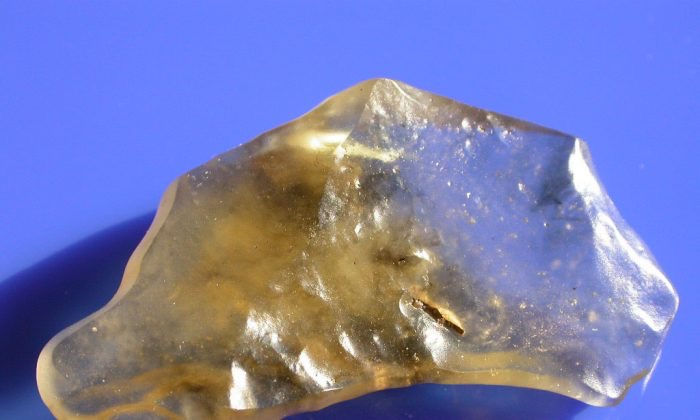Chaco Canyon: The Key to Space Travel?
- skloucherepierre
- Feb 20, 2021
- 4 min read
Updated: Apr 5, 2021

Today, Chaco Canyon is perhaps the best spot in the U.S. to see the stars. Current guests can stargaze in similar spot where antiquated people groups once lived and flourished for many years, without light contamination meddling with the view.
The capacity to see the stars so plainly from this 10-mile gully likewise captivated the Anasazi individuals quite a while in the past. A detailed progress prospered here between the years 850 and 1250 AD, comprising of various, multi-celebrated stone structures that were deliberately developed in arrangement with the universe and cardinal headings.
Albeit the ravine was possessed for around 400 years by a profoundly astute and complex clan, its inhabitants evaporated suddenly and completely. Right up 'til the present time, no graveyard or cemeteries have been found in this disconnected gulch and specialists stay bewildered by the unexpected vanishing of the old society.
Archeologists aren't the solitary ones who are keen on this ancient development and its antiquated observatories. NASA has been exploring Chaco Canyon for approximately 40 years. For what reason would an administration office that is centered around space investigation have a particularly personal stake in these antiquated vestiges? Is it conceivable that they accept there's an association between Chaco Canyon and space travel?
What is Chaco Canyon?
Situated in the Four Corners locale of New Mexico, Chaco Canyon is a shallow ravine that was once home to old Native American people groups around 1,000 years back. What survives from the human advancement shows a profoundly modern foundation that seems to have been developed in arrangement with different heavenly bodies. Tremendous, expand stone structures lodging around 700 rooms and various underground formal corridors (known as "kivas") are only a portion of the highlights that make Chaco Canyon a particularly uncommon spot.
Notwithstanding its perplexing development, one of the extraordinary secrets of the Chaco Canyon society is the reasoning for its foundation in any case. The ravine lives in perhaps the harshest put on earth — singing 100+ degree summers and freezing winters with restricted precipitation in the middle of make it incredibly illogical for settlement. For what reason did the old Native Americans choose to construct a particularly intricate local area there?
Because of their fitness for stargazing, it's conceivable that the Chacoan public got comfortable the gully for the sole motivation behind perusing the stars — and that is possibly why NASA is so interested by this ancient civilization. Maybe our precursors were further developed than once suspected.
NASA Investigates the Mysteries of Chaco Canyon
NASA started exploring Chaco Canyon during the 1970s, when the association found nearly 300 kilometers of complex streets and underground kivas through multispectral filtering innovation. These detailed streets and kivas aren't noticeable to the unaided eye or even through elevated photography.
What's interested about the Chacoan streets — which were overbuilt, underutilized and developed without arriving at such an objective — is that they seem to have no useful reason. Or maybe, it's conceivable they were absolutely developed for emblematic and cosmographical purposes. The streets, similar to a large part of the Chacoan engineering, were created utilizing progressed math, broad work and sharp scrupulousness.
NASA has kept on doing broad exploration on the gorge and the heavenly linearity of the antiquated engineering that dwells there. Why? The association credits it to acquiring a superior comprehension of the sun; nonetheless, a few specialists accept that NASA is researching something greater: the old society and its job in space travel. Were our predecessors logically and innovatively progressed enough to effectively head out to space, and is there something that NASA can gain from these old space travelers? It's certainly conceivable.
Not exclusively is the design in Chaco Canyon an unprecedented designing accomplishment, however the human advancement was additionally assembled completely as per sunlight based cycles and heavenly bodies — demonstrating a profound association with space.
A Deeper Look at Chaco Canyon
As we referenced beforehand, the Chacoans clearly vanished suddenly and completely. No cemetery or bodies have been found inside the enormous gully, notwithstanding it being possessed for many years. Moreover, specialists have not discovered any proof that a cataclysmic event or social occasion made the general public evaporate.
Scholars speculate that this secretive "vanishing" of the antiquated society has something to do with the Chacoans' interest with the stars. Did they realize something was going to occur, and choose to withdraw the planet instead of face unavoidable disturbance?
Kali Yuga Predictions: Escaping a Cataclysm
It's conceivable that the Chacoan race utilized their knowledge and fitness for space science to get away from a forthcoming calamity, or monster fiasco, or the like. As indicated by antiquated Sanskrit messages, the earth goes through 4 yugas, or ages. The fourth and last age is known as "kali yuga," which in a real sense means "age of the devil" and is the last time before a type of upheaval happens to begin the Earth's cycle once more.
It is accepted that we are right now living in the kali yuga, which is described by a human distraction with oneself, sin, insatiability and realism. Between extreme environmental change, political commotion and progressing viciousness across the globe, is it conceivable that we will before long be confronting an advanced disaster?
In the event that the Chacoan people groups realized a disaster was coming, did they utilize their cosmic information to leave the planet heretofore? Does NASA have a comparative rationale in researching Chaco Canyon? Uncover more privileged insights of Chaco Canyon through the Ancient Space Program .
Article Source : https://www.gaia.com/article/chaco-canyon-key-to-space-travel
.jpg)










Oh. This very interesting.